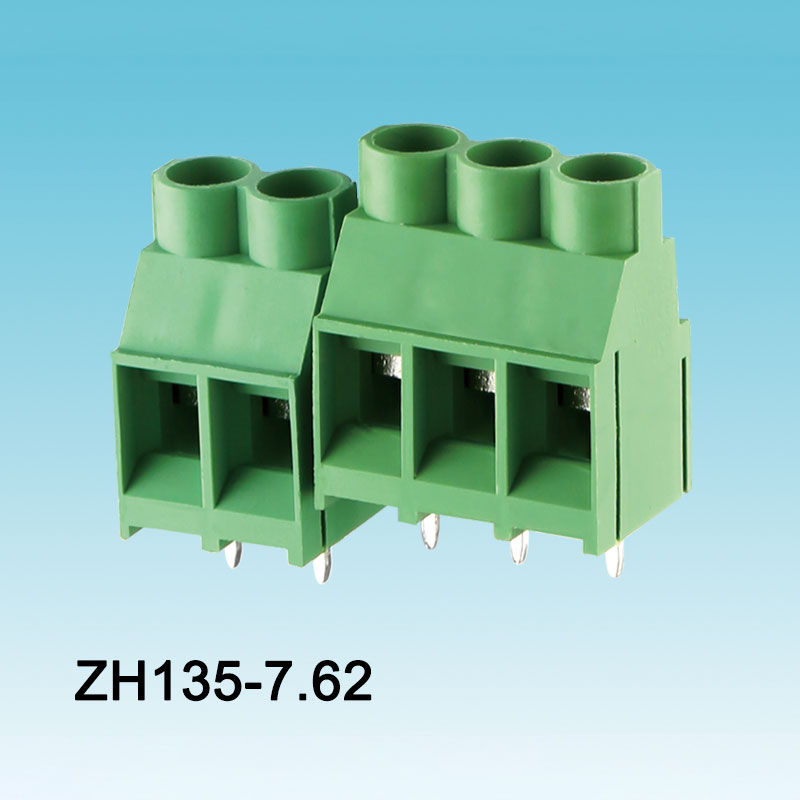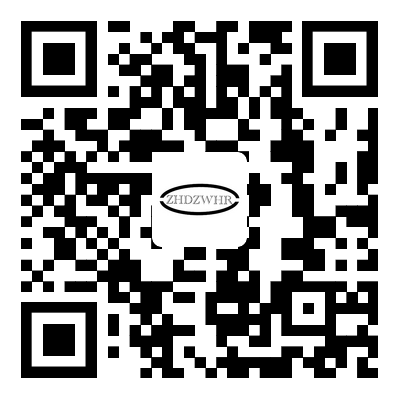Making the Connection: A Guide to Screw PCB Terminal Blocks
2024-06-07
The world of electronics relies on a multitude of components to function seamlessly. One such component, often taken for granted, is the screw PCB terminal block. These unsung heroes provide a simple yet effective way to establish secure electrical connections between wires and printed circuit boards (PCBs). In this article, we'll delve into the world of screw PCB terminal blocks, exploring their design, function, and the various applications where they play a crucial role.
Understanding Screw PCB Terminal Blocks
Screw PCB terminal blocks are compact modules typically made of nylon or a similar insulating material. They feature screw terminals on one side for securing wires and soldering pins or holes on the other side for connecting to a PCB. The screw mechanism ensures a tight and reliable connection between the wire and the terminal block.
There are various configurations of screw PCB terminal blocks available, including:
Single row: These basic blocks offer a single row of screw terminals and soldering points for simple point-to-point connections.
Double row: As the name suggests, double-row screw PCB terminal blocks provide two rows of connections, effectively doubling the number of connections that can be made on a single block.
Multi-position: These terminal blocks offer multiple rows or a larger number of connection points in a single block, suitable for applications requiring a higher density of connections.
The Advantages of Screw PCB Terminal Blocks
Screw PCB terminal blocks offer several advantages that make them a popular choice for various electronic applications:
Simple and Easy to Use: The use of screws for wire connections makes screw PCB terminal blocks user-friendly, requiring minimal tools or soldering expertise.
Reliable and Secure Connections: The screw mechanism ensures a firm grip on the wire, providing reliable and long-lasting electrical connections.
Versatility: Screw PCB terminal blocks are available in various configurations to accommodate different wiring and connection needs.
Reusability: The screw terminals allow for easy removal and re-termination of wires, making them suitable for prototyping and development stages.
Cost-Effective: Screw PCB terminal blocks are generally an affordable solution for establishing electrical connections on PCBs.
Applications for Screw PCB Terminal Blocks
The ease of use, reliability, and affordability of screw PCB terminal blocks make them suitable for a wide range of electronic applications, including:
Prototyping and Development: The ability to easily add, remove, and reconnect wires makes screw PCB terminal blocks ideal for creating prototypes and development boards.
Circuit Board Assemblies: Screw PCB terminal blocks can be used to establish secure connections for external wires or components on various PCB assemblies.
Industrial Control Systems: These terminal blocks find use in industrial control panels and equipment to connect sensors, actuators, and other electrical components.
Audio/Video Equipment: Screw PCB terminal blocks can be used for speaker connections, signal inputs, and other electrical connections in audio/video equipment.
Robotics and Automation: The ability to create secure and reliable connections makes screw PCB terminal blocks suitable for use in robots and automated systems.
In conclusion, screw PCB terminal blocks serve as a fundamental building block in the world of electronics. Their simple design, ease of use, and reliable connections make them a versatile and cost-effective solution for establishing electrical connections between wires and PCBs. So, the next time you encounter a circuit board with a row of neatly secured wires, remember, there's a good chance that screw PCB terminal blocks are playing a vital role behind the scenes.




